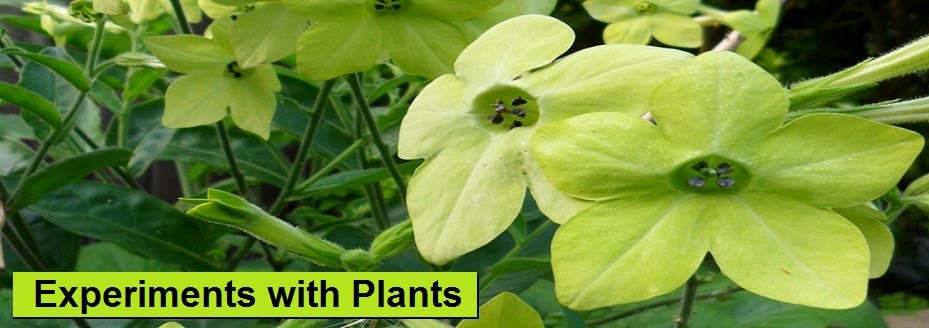| |
| Seeds sown in Spring 2011 |
In June I wrote about the annual & perennial seedlings, which I planned to fill my flower beds with this summer, that were decimated by slugs & snails using my plastic greenhouse as a sauna and salad bar. I managed to save a few which I planted in pots outside and covered with netting.
Having realised that I had made a big error by trapping moisture in the greenhouse, I developed a belt & braces strategy to ensure that I would fill my flower beds somehow :
(plan b) I sowed more annual seeds (even though it was too late).
(plan c) I planted all of the mixed foxglove seedlings that germinated (the slugs did not touch these), instead of just saving the ten biggest as I did last year. However, I didn't anticipate that self-sown seeds from my favourite foxglove which flowered this year would start germinating too, which leaves me with a dilemma.
(plan d) I spread the prolific self-seeded marigolds around the garden, and they are now giving the previously dominant houttanyia and the weeds a run for their money.
(plan b) (plan c) (plan d)
My second batch of annual seedlings must have been the most spoilt seedlings ever raised. They started life in a packet of mixed cottage garden annual seeds supposed to be outdoor-sown in May; the flowers were pictured but nameless. I didn't want to risk sowing all of them outdoors so I started off by letting some germinate in the kitchen, pricked them out so that there were at most two occupants in each pod of the seed trays, then moved them to the plastic greenhouse (well ventilated this time) so the seedlings could catch some sunshine. Then gradually as they matured, I prepared patches of soil around the garden as nurseries to which I transferred the plantlets, knowing full well that I would need to re-plant them again with wider distances in between. This was to make watering easier and more concentrated (the soil was parched at that time), because I don't water my perennials or shrubs, and to ensure that I wouldn't mistake them for weeds. In addition, I placed a conspicuous stone next to each seedling to mark them out. Unfortunately, there are several conspicuous (and less noteworthy) stones lying on and embedded in my flower beds so this hasn't really helped with identification.
In fact I didn't need to water the plantlets as expected. The soil is now saturated, due to the incessant rain recently, to the extent that I can pull out dandelions with tap roots intact just with my finger and thumb. Re-planting the plantlets further apart should be a safe operation, as there is no fear of them drying out in the current climate.
Below are a few of the original plantlets, which were saved in a hurry from the slug & snail attack (without labels), and a few from the second batch of mixed cottage garden annuals. I can identify campanula, evening primrose, love-in-a-mist and aster from the original batch but only nasturtium from the second. I have to say that, even though my garden hasn't been full of blooms this summer, I have quite enjoyed watching the seedlings growing into plantlets, not knowing what flowers they will produce. They have passed their vulnerable stage now and are making their way to the finish-line, only autumn frosts will stop them now.
So I was tramping over the sodden lawn, which I haven't been able to mow so frequently and inspecting the flower-less beds when I realised that my garden is in bloom after all, I just wasn't looking in the right place ...
 |
| My "Meadow" |
©Copyright 2011 b-a-g. All rights reserved. Content created by b-a-g for http://experiments-with-plants.blogspot.com/2011/08/meadow-27-aug-2011.html

